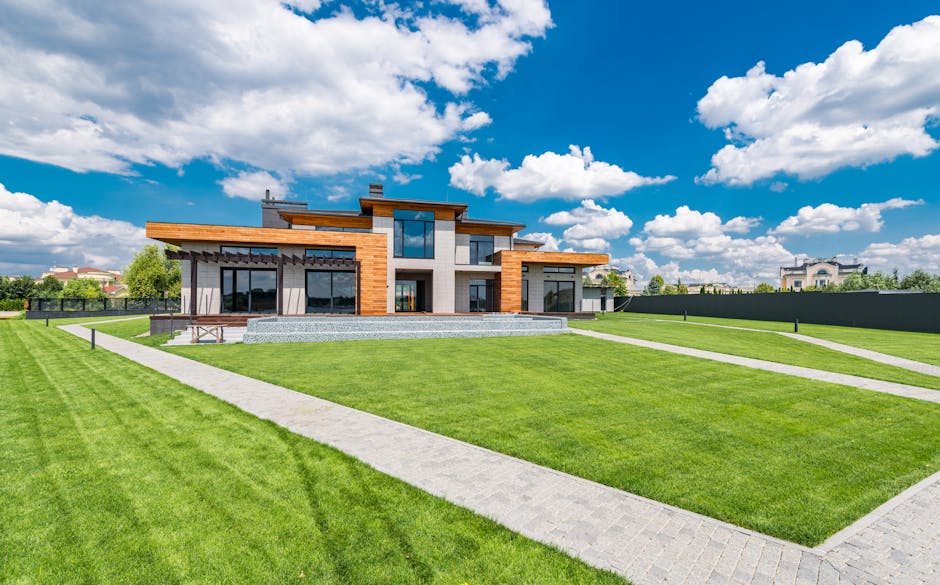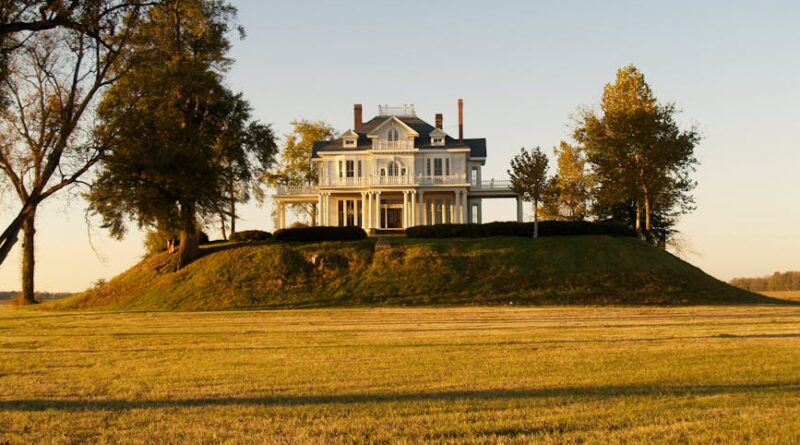Exploring Photography Trends in Real Estate
Real estate photography has evolved significantly over the years, transforming the way properties are marketed and viewed by potential buyers. In today’s digital age, where visuals play a crucial role in attracting and engaging audiences, staying updated on photography trends in real estate is essential for professionals in the industry. From drone photography to virtual tours, there are various innovative techniques that are reshaping the real estate landscape.
The Rise of Aerial Photography

Aerial photography has become increasingly popular in the real estate sector, offering a unique perspective of properties and their surroundings. Drones equipped with high-resolution cameras allow photographers to capture stunning aerial shots that showcase a property’s features, such as its size, layout, and proximity to amenities. These aerial images provide potential buyers with a comprehensive view of the property, giving them a better sense of its overall appeal.
Moreover, aerial photography can highlight the neighborhood and surrounding area, giving buyers a glimpse of the community and nearby attractions. This type of imagery is particularly useful for showcasing properties with expansive outdoor spaces, such as large estates, waterfront homes, or properties with scenic views.
Virtual Tours and 3D Imaging

Virtual tours and 3D imaging have revolutionized the way properties are presented online, offering viewers an immersive experience that goes beyond traditional photographs. Virtual tours allow potential buyers to explore a property at their own pace, giving them the ability to navigate through rooms, zoom in on details, and get a true sense of the space.
With the advancement of technology, virtual tours have become more sophisticated, incorporating 3D imaging and interactive features that enhance the user experience. This technology is especially beneficial for showcasing properties to remote buyers or those unable to visit in person, providing them with a realistic sense of the property’s layout and design.
HDR Photography for Enhanced Visuals

High Dynamic Range (HDR) photography has gained popularity in real estate marketing for its ability to capture detailed images with a wide range of colors and tones. By blending multiple exposures of the same shot, HDR photography produces images that are vibrant, sharp, and visually appealing.
HDR photography is particularly effective for showcasing interior spaces, as it can accurately represent the lighting conditions and colors of a room. This technique helps to create images that are more lifelike and engaging, allowing potential buyers to envision themselves living in the space.
Professional Staging and Styling

Professional staging and styling have become integral components of real estate photography, helping to enhance the visual appeal of a property and attract potential buyers. By carefully arranging furniture, decor, and lighting, professional stagers can transform a space into a welcoming and inviting environment.
Staged properties often photograph better and can command higher prices compared to unstaged properties. Staging helps buyers visualize the potential of a space and creates a connection with the property, increasing the likelihood of a successful sale.
Personal Branding Through Photography
Real estate professionals are increasingly using photography to establish their personal brand and differentiate themselves in a competitive market. High-quality headshots, lifestyle images, and behind-the-scenes photos can help agents connect with clients on a more personal level and showcase their unique personality and style.
By incorporating professional photography into their marketing materials and online presence, real estate professionals can build credibility, trust, and recognition among their target audience. Strong visuals can leave a lasting impression on potential clients and set agents apart from their competitors.
The Impact of Social Media on Real Estate Photography
Social media platforms have become powerful tools for sharing real estate listings and connecting with potential buyers. Stunning visuals, such as high-quality photographs and videos, are essential for capturing the attention of audiences scrolling through their feeds.
Real estate professionals are leveraging social media to showcase their listings, share industry insights, and engage with followers in a more interactive and authentic way. By curating visually appealing content and incorporating storytelling elements, agents can create a compelling online presence that resonates with their target audience.
Future Trends in Real Estate Photography
As technology continues to advance, the future of real estate photography is likely to see further innovation and evolution. Emerging trends such as augmented reality (AR), artificial intelligence (AI), and 360-degree photography are poised to transform the way properties are marketed and experienced by buyers.
Augmented reality applications can allow buyers to virtually furnish and decorate a space, giving them a realistic sense of how a property could look with their personal touch. AI-powered image editing tools can streamline the photography process, enabling photographers to enhance and edit images more efficiently.
Common Misconceptions About Real Estate Photography
Despite the growing importance of photography in real estate marketing, there are some common misconceptions that persist in the industry. One of the misconceptions is that professional photography is only necessary for high-end or luxury properties.
In reality, professional photography can benefit properties of all price ranges, as it helps to attract more buyers, generate higher offers, and sell homes faster. Quality photography is an investment that can yield significant returns, regardless of the property’s value.
Conclusion
Photography trends in real estate are constantly evolving, driven by technological advancements, changing consumer preferences, and the competitive nature of the industry. From aerial photography to virtual tours, professionals in the real estate sector must stay informed and adapt to these trends to remain competitive in the market.
By leveraging the latest photography techniques and technologies, real estate professionals can enhance their marketing efforts, attract more buyers, and ultimately achieve successful sales. As the industry continues to embrace innovation, the role of photography in real estate is set to become even more impactful in the years to come.
To wrap things up, staying ahead of photography trends in real estate is not just a trend but a necessity for success in today’s digital world. By embracing new technologies, techniques, and creative approaches to photography, real estate professionals can elevate their marketing strategies and stand out in a crowded marketplace.




